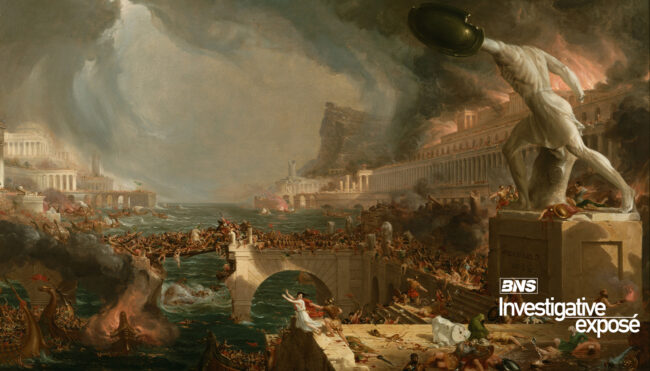The Unspoken Crisis: How Mass Migration and Political Inaction are Shaping the Future of Western Culture
In today’s world, Western culture faces unprecedented challenges as migration shifts cultural dynamics across nations. The erosion of long-held values and liberties is increasingly evident, yet public discourse and media often overlook or dismiss these concerns. From the influx of unauthorized immigration in the U.S., with millions from diverse origins, to instances of unrest and violence across Europe, the impact is profound. This shifting landscape raises questions about the preservation of Western heritage, safety, and identity. As demographic and cultural shifts continue to unfold globally, the consequences shape the future of Western societies.

